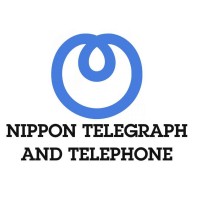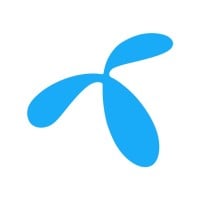
Nippon Telegraph and Telephone
Nippon Telegraph and Telephone The Japan Telegraph and Telephone Corporation is a Japanese telecommunications company headquartered in Tokyo, Japan. Wikipedia Stock price: 9432 (TYO) JP¥ 5,170 -137.00 (-2.58%) Revenue: 11.39 lakh crores JPY (2017) CEO: Hiroo Unoura (Jun 2012–) Headquarters: Chiyoda, Tokyo, Japan Number of employees: 2,74,844 (2016) Nippon Telegraph & Tel is the fourth-largest telephone operating company by total revenue ($94.2 B USD). The Japan Telegraph and Telephone Corporation (日本電信電話株式会社 Nippon Denshin Denwa Kabushiki-gaisha), is a Japanese telecommunications company headquartered in Tokyo, Japan. Ranked 65th in Fortune Global 500, Nippon Telegraph and Telephone is the fourth largest telecommunications company in the world in terms of revenue. The company is incorporated pursuant to the Nippon Telegraph and Telephone Law (Law Concerning Japan Telegraph and Telephone Corporation, Etc.).[3] The purpose of the company defined by the Law is to own all the shares issued by Japan Telegraph and Telephone East Corporation (Nippon Telegraph and Telephone East) and Japan Telegraph and Telephone West Corporation (Nippon Telegraph and Telephone West) and to ensure proper and stable provision of telecommunications services all over Japan including remote rural areas by these companies as well as to conduct research relating to the telecommunications technologies that will form the foundation for telecommunications. While Nippon Telegraph and Telephone is listed on Tokyo, Osaka, New York, and London stock exchanges, the Japanese government still owns roughly one-third of Nippon Telegraph and Telephone's shares, regulated by the Nippon Telegraph and Telephone Law.






